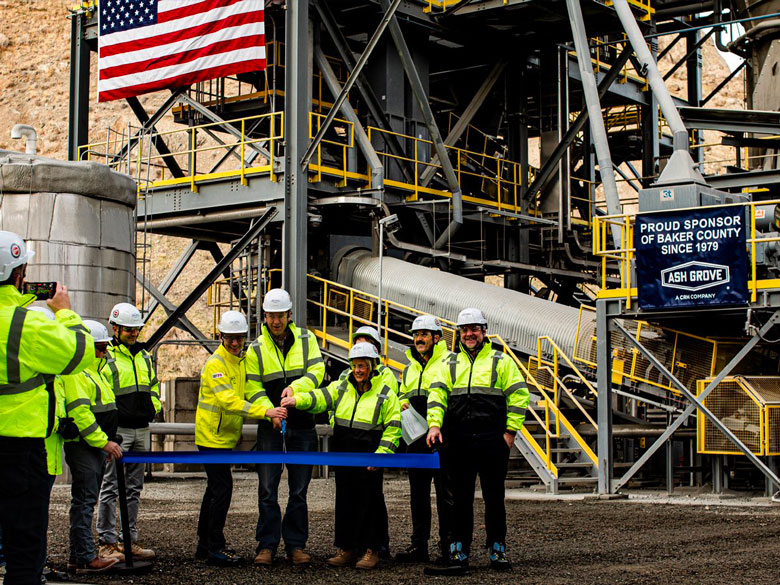Source: Portland Cement Association, Skokie, Ill.
Population growth during the next 25 years will likely account for most of the gains in construction, according to PCA’s Long-Term Cement Outlook. By 2035, the population of the United States will add 78 million people compared to 2010 levels. For construction, population growth means increased demand for homes and apartments, schools, commercial buildings, healthcare facilities, and infrastructure. Here’s how PCA expects demographics to impact construction sectors:
• Residential: Household formation and lifestyle characteristics both factor into the long-term outlook for housing. The U.S. Census Bureau estimates the total stock of homes in 2009 at 129 million units. PCA expects housing stock to reach 163 million units by 2035, which translates into 1.7 million annual housing starts and allows for 500,000 demolitions each year.
• Nonresidential: Office employment reached a peak in 2007 of 29 million people. With vacancy rates at 12 percent, current office space has the capacity for 33 million people. PCA estimates that office employment will reach 37 million jobs by 2035. Assuming a 10 percent vacancy rate and factoring in the rise of work-at-home employment, office space needs to increase by 24 percent to meet new demand.
• Public Works: From 1980 to 2010, the number of licensed drivers increased by 56 million or 36 percent, the number of vehicles on the road increased by 89 million or 55 percent, and total miles travelled increased by 95 percent. Yet during this same period, highway lane miles increased by just 8 percent. By 2035, population growth will add another 62 million drivers, an increase of 28 percent. That means that nearly 2.3 million miles of lane capacity must be added just to maintain current congestion levels.
Information on purchasing this new report can be found at the PCA’s online Bookstore.



